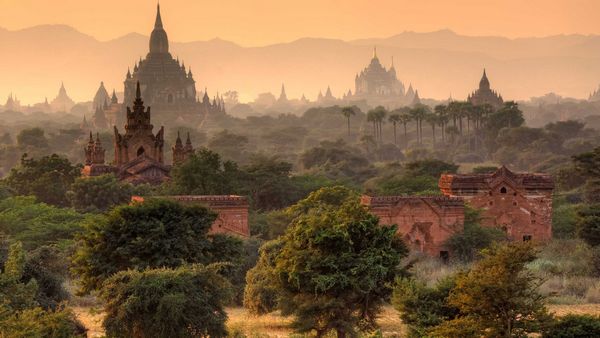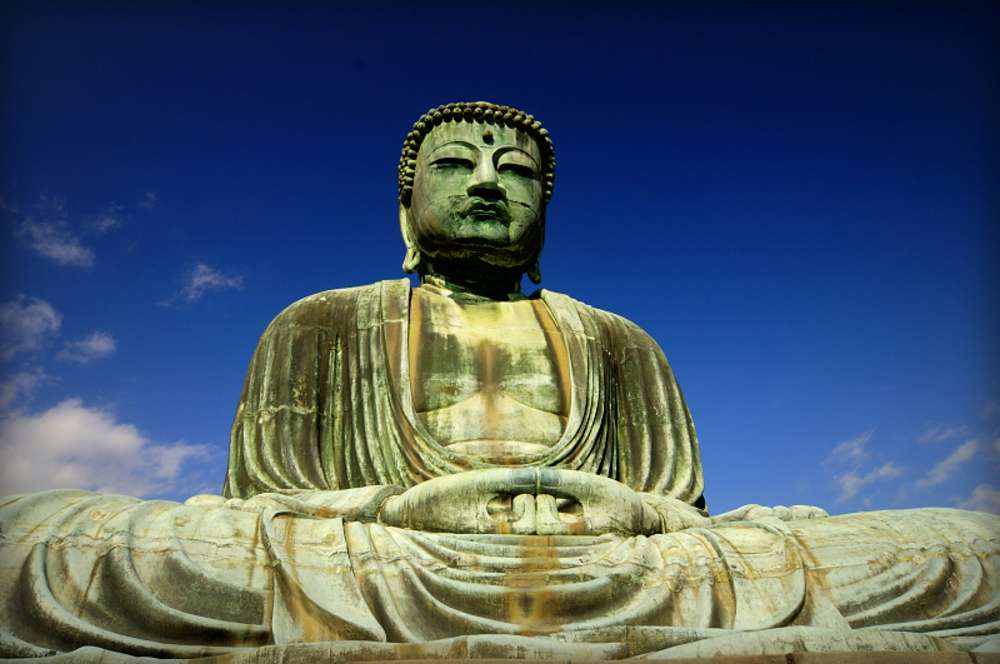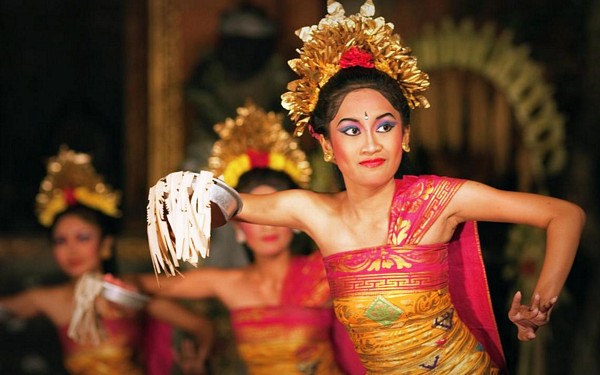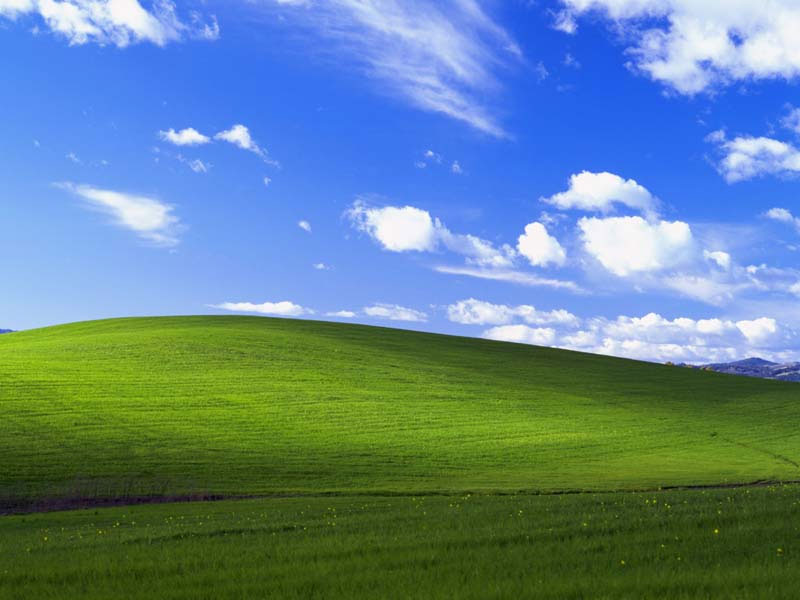
Mandalay, Bagan, Inle, and Yangon—these names all conjure up the wonder that is Myanmar, at least in a traveler’s mind. Now, you have the freedom to venture a little farther as well. With recent reforms easing restrictions in this proud country, it is finally time to see what Myanmar has been hiding away all these years.
Myanmar: At a Glance
 Capital: Naypyidaw
Capital: Naypyidaw- Currency: MMK/Kyat (1,000 Myanmar Kyats is about USD 1)
- Population: 63.67 Million
- Language: Burmese
- National Flower: Padauk
- GDP (PPP) Per Capita: USD 1,405
- Official Tourism Website: http://tourismmyanmar.org/
- Wikitravel Travel Guide: http://wikitravel.org/en/Myanmar
Experience the Best Attractions of Myanmar
 Architecture 101: Former capitals are full of old glory and great architecture, and Yangon is not far behind. Spend the day marveling at the colossal reclining Buddha at Chauk Htat Gyi Pagoda, the gold-hued Botataung Pagoda and Sule Pagoda, the Burmese Yangon City and the colonial-styled Supreme Court.
Architecture 101: Former capitals are full of old glory and great architecture, and Yangon is not far behind. Spend the day marveling at the colossal reclining Buddha at Chauk Htat Gyi Pagoda, the gold-hued Botataung Pagoda and Sule Pagoda, the Burmese Yangon City and the colonial-styled Supreme Court. Hunt for Bargains: The Bogyoke Aung San Market (sometimes known by its British name, Scott’s Market) is a sprawling old handicrafts bazaar of around 2,000 shops. Spend the day alongside locals, haggling for colorful Shan shoulder bags, and interesting bits of local arts and crafts, jewelry, ancient antiques, and lacquer ware.
Hunt for Bargains: The Bogyoke Aung San Market (sometimes known by its British name, Scott’s Market) is a sprawling old handicrafts bazaar of around 2,000 shops. Spend the day alongside locals, haggling for colorful Shan shoulder bags, and interesting bits of local arts and crafts, jewelry, ancient antiques, and lacquer ware. It’s All Rice: Rice, in all its forms, is a staple in the distinctive cuisine of Myanmar. Rice noodles served with fish soup, known locally as mohinga, are a favorite breakfast dish, and are usually eaten on special occasions.
It’s All Rice: Rice, in all its forms, is a staple in the distinctive cuisine of Myanmar. Rice noodles served with fish soup, known locally as mohinga, are a favorite breakfast dish, and are usually eaten on special occasions. Get a Bird’s Eye View: Climb up Mandalay Hill for an all-encompassing view of how flat Mandalay really is. You will see the Irrawaddy twisting across the land from up here, while you help a local monk brush up his English. This hallowed spot is where Buddha once prophesied the founding of a great city.
Get a Bird’s Eye View: Climb up Mandalay Hill for an all-encompassing view of how flat Mandalay really is. You will see the Irrawaddy twisting across the land from up here, while you help a local monk brush up his English. This hallowed spot is where Buddha once prophesied the founding of a great city. Row, Row, Row Your Boat: Surrounded by greenery and marshes, cool morning mists, villages of houses on stilts and floating gardens, the Inle Lake is usually pretty. You can get around the lake on a motorized canoe, or ask around if you want to float about on a traditional flat-bottomed Intha skiff.
Row, Row, Row Your Boat: Surrounded by greenery and marshes, cool morning mists, villages of houses on stilts and floating gardens, the Inle Lake is usually pretty. You can get around the lake on a motorized canoe, or ask around if you want to float about on a traditional flat-bottomed Intha skiff. Art Lessons: Bagan, in the Mandalay region, brims with graceful ruins of old temples, pagodas, and stupas. Between Old and New Bagan, the village of Myinkaba boasts an age-old lacquer ware tradition; you can spend hours rummaging through excellently crafted cups, plates, and boxes, wondering just how many you can fit into your luggage.
Art Lessons: Bagan, in the Mandalay region, brims with graceful ruins of old temples, pagodas, and stupas. Between Old and New Bagan, the village of Myinkaba boasts an age-old lacquer ware tradition; you can spend hours rummaging through excellently crafted cups, plates, and boxes, wondering just how many you can fit into your luggage. Wander through Ruins: Thayekhittaya or the ‘Fabulous City’ a Pyu capital of long ago, was destroyed almost as long ago by Chinese invaders, and today, it has been nominated for a UNESCO World Heritage listing. Rumble through the ruins among the overgrown bush on an ox cart, and explore the Bawbawgyi Pagoda, one of the oldest in the city, and the Leimyethna Pagoda, with Buddhist relief carvings.
Wander through Ruins: Thayekhittaya or the ‘Fabulous City’ a Pyu capital of long ago, was destroyed almost as long ago by Chinese invaders, and today, it has been nominated for a UNESCO World Heritage listing. Rumble through the ruins among the overgrown bush on an ox cart, and explore the Bawbawgyi Pagoda, one of the oldest in the city, and the Leimyethna Pagoda, with Buddhist relief carvings. Pagoda Sunsets: Make your way up to the Shwedagon Pagoda in Yangon as the sun begins to set, the golden spires of the temple light up, monks glide past and local residents trickle in to pay their respects as the sky takes on various colors of pink, oranges and blues. Look for a quiet spot, settle down, and enjoy the peace of the evening.
Pagoda Sunsets: Make your way up to the Shwedagon Pagoda in Yangon as the sun begins to set, the golden spires of the temple light up, monks glide past and local residents trickle in to pay their respects as the sky takes on various colors of pink, oranges and blues. Look for a quiet spot, settle down, and enjoy the peace of the evening. Find Your Spiritual Side: Go forth and find your holy spirit at Mount Popa, an extinct volcano and the abode of 37 nats or local spirits, once so important that the early kings were rumored to consult them on crucial matters. The solitary peak is covered in stupas; the statues at the base are of the spirits.
Find Your Spiritual Side: Go forth and find your holy spirit at Mount Popa, an extinct volcano and the abode of 37 nats or local spirits, once so important that the early kings were rumored to consult them on crucial matters. The solitary peak is covered in stupas; the statues at the base are of the spirits. I am with Stupa: Sagaing lies along the Irrawaddy River, across the only bridge that spans it. It is dotted with white and gold pagodas that shimmer away in the sun, and if you clamber up the tree-hung stairways past ancient monasteries that lead up to various viewpoints, the spectacle of stupas is something else.
I am with Stupa: Sagaing lies along the Irrawaddy River, across the only bridge that spans it. It is dotted with white and gold pagodas that shimmer away in the sun, and if you clamber up the tree-hung stairways past ancient monasteries that lead up to various viewpoints, the spectacle of stupas is something else.




.jpg)
.jpg)
.jpg)

 Capital:
Capital:  Get Your Cocoa On: ‘Monggo’ is Javanese for ‘please, go ahead’ and when you taste these
Get Your Cocoa On: ‘Monggo’ is Javanese for ‘please, go ahead’ and when you taste these  Dive into the Deep: Far away and remote, the sparkling clear emerald green waters of the
Dive into the Deep: Far away and remote, the sparkling clear emerald green waters of the  Truly In-spired: Huge temples in rice fields seem to be South East Asia’s thing, and, just like
Truly In-spired: Huge temples in rice fields seem to be South East Asia’s thing, and, just like  Tail Tales: Watch out for forked, snake-like tongues on
Tail Tales: Watch out for forked, snake-like tongues on  Shop Your Way through Seminyak: Glitzy
Shop Your Way through Seminyak: Glitzy  Misty Mountaintops: Climb up the
Misty Mountaintops: Climb up the  Art it Up: As you saw in
Art it Up: As you saw in  Eat Your Heart Out: If you will come back missing something, all bets are on the food.
Eat Your Heart Out: If you will come back missing something, all bets are on the food.  Go Local: Just east of Bali, the islands of
Go Local: Just east of Bali, the islands of  Of Coffee and Rhinos: Java has a fair bit going for it. Surrounded by the
Of Coffee and Rhinos: Java has a fair bit going for it. Surrounded by the 
 Trivia Question: What was unusual about the
Trivia Question: What was unusual about the  Trivia Question: What insect was the term “
Trivia Question: What insect was the term “ Trivia Question: What was the input device aboard the
Trivia Question: What was the input device aboard the  Trivia Question: Do the “
Trivia Question: Do the “ Trivia Question: What is Microsoft’s longest-lived
Trivia Question: What is Microsoft’s longest-lived